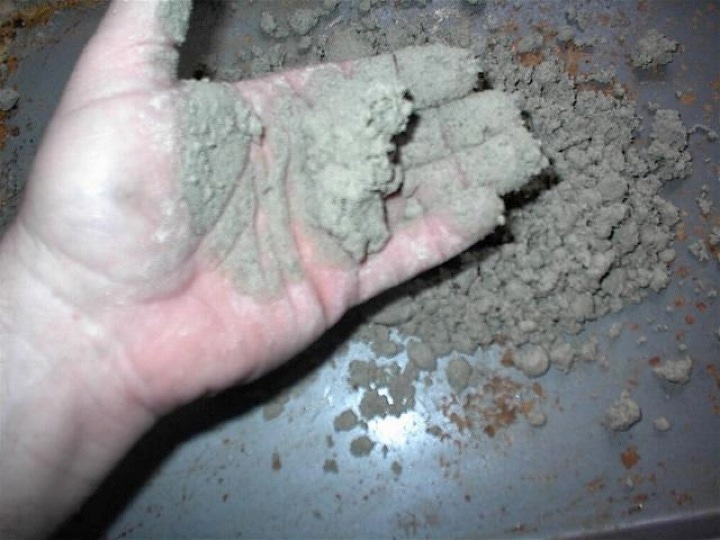September 2, 2014

When handling bulk solids, there are several factors that can affect your material flow. Most of these are environmental; all of them need to be taken into consideration. Moisture content, temperature, particle size, and time of storage at rest can have a tremendous impact on your material's flow properties. How your material flows is a function of its cohesive and friction properties. As such, conditions that affect the cohesive strength and friction properties will have an impact on its handling capabilities. In the following article we will examine each factor.
Moisture Content
In my career as a solids handling consultant, I have observed that "as the moisture content of a solid increases, so does it's cohesive strength." However, there is a point at which some solids become saturated and behave more like slurries than solids. Even though there may be only a slight increase in moisture - say from 5-6% - the flowability of your material can be significantly impacted. Hygroscopic materials can experience significant moisture increases simply by being exposed to humid air. Your material flow properties should be measured using a representative value for moisture content. (see photo 1)
When you are having your material flow properties evaluated, make sure that the testing laboratory determines the moisture content as you do, when they receive the sample, to ensure that they are working with representative moistures.
Temperature
Cohesiveness is also affected by the solid's temperature. Some materials are sensitive to increases in temperature (e.g. room temperature to 150°F). Others are sensitive to constant temperature. Perhaps you dry your product and deposit it into a storage silo and then allow it to cool. These conditions can be simulated in the laboratory through flow properties tests.
Soybean meal, for example, when stored in a bin or hopper at 90°F, is relatively easy to handle. At 110°F and greater, soybean meal becomes extremely difficult to handle and capable of bridging over very large openings. Additionally, when storing your product in cold weather and filling the storage silo with warmer product can cause moisture to migrate to the silo walls. For instance, if your warm material enters the silo at say 5% moisture, the moisture at the walls can increase to 8% easily. Obviously, this may affect your material flow.
Particle Size
I have also observed "as a bulk solid becomes finer, it also becomes more cohesive and subsequently more difficult to handle." Fibrous and angular particles are usually more cohesive than particles that are rounded. Particles that are consistently ½ in. and larger do not typically present cohesive arching problems. They can, however, form interlocking arches. You cannot determine your material’s flowability from its particle size distribution. (see photo 2)
Time of Storage at Rest
As a solid remains at rest in a bin or hopper, it can become more cohesive and difficult flowing. At rest, the compaction loads due to head pressure can produce a strong cohesive bond. A chemical reaction, crystallization, or adhesive bonding can also cause this. Sometimes, after a cohesive arch is broken up, say by somehow initiating flow (likely with a sledge hammer), the material can revert back to its original flow condition and not exhibit a similar cohesion if left at rest again. More often than not though, materials will bridge and rathole after remaining a rest for some period, even after flow is re-initiated.
This is why it is absolutely necessary to measure the flow properties of your material to determine the affects of the environmental conditions discussed above.
Joseph Marinelli is a consulting engineer and President of Solids Handling Technologies. He has been providing testing and consulting services since 1972. As a former consultant with Jenike & Johanson Inc., he has years of experience testing powders and designing bins and feeders for reliable flow. He lectures frequently on the topic of powder handling and has published several papers including and article in a chemical encyclopedia and two in a food powder book.
Joseph Marinelli
Solids Handling Technologies Inc.
1631 Caille Ct
Fort Mill, SC 29708
803-802-5527
[email protected]
You May Also Like


